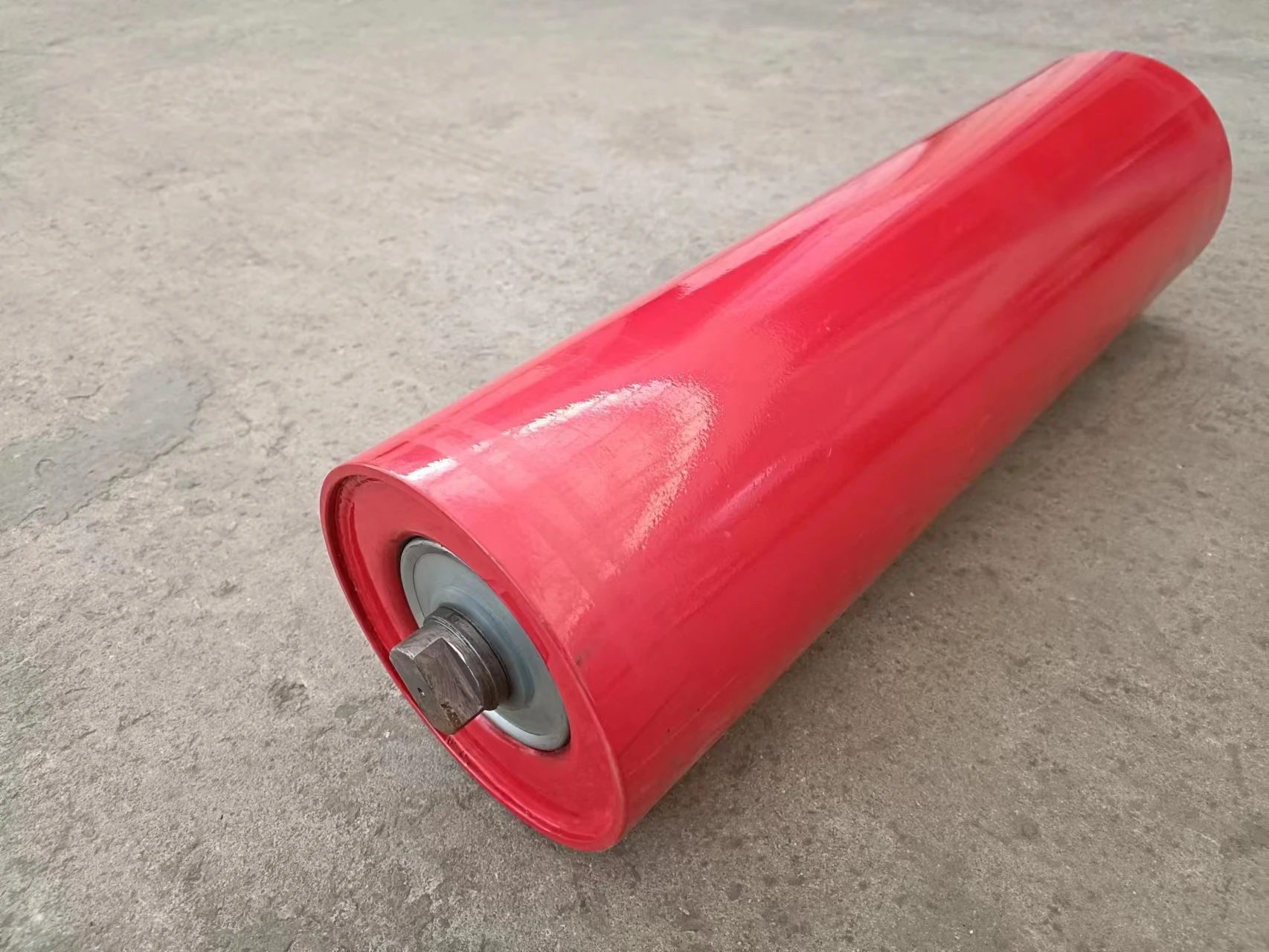 Afrikaans
Afrikaans  Albanian
Albanian  Amharic
Amharic  Arabic
Arabic  Armenian
Armenian  Azerbaijani
Azerbaijani  Basque
Basque  Belarusian
Belarusian  Bengali
Bengali  Bosnian
Bosnian  Bulgarian
Bulgarian  Catalan
Catalan  Cebuano
Cebuano  Corsican
Corsican  Croatian
Croatian  Czech
Czech  Danish
Danish  Dutch
Dutch  English
English  Esperanto
Esperanto  Estonian
Estonian  Finnish
Finnish  French
French  Frisian
Frisian  Galician
Galician  Georgian
Georgian  German
German  Greek
Greek  Gujarati
Gujarati  Haitian Creole
Haitian Creole  hausa
hausa  hawaiian
hawaiian  Hebrew
Hebrew  Hindi
Hindi  Miao
Miao  Hungarian
Hungarian  Icelandic
Icelandic  igbo
igbo  Indonesian
Indonesian  irish
irish  Italian
Italian  Japanese
Japanese  Javanese
Javanese  Kannada
Kannada  kazakh
kazakh  Khmer
Khmer  Rwandese
Rwandese  Korean
Korean  Kurdish
Kurdish  Kyrgyz
Kyrgyz  Lao
Lao  Latin
Latin  Latvian
Latvian  Lithuanian
Lithuanian  Luxembourgish
Luxembourgish  Macedonian
Macedonian  Malgashi
Malgashi  Malay
Malay  Malayalam
Malayalam  Maltese
Maltese  Maori
Maori  Marathi
Marathi  Mongolian
Mongolian  Myanmar
Myanmar  Nepali
Nepali  Norwegian
Norwegian  Norwegian
Norwegian  Occitan
Occitan  Pashto
Pashto  Persian
Persian  Polish
Polish  Portuguese
Portuguese  Punjabi
Punjabi  Romanian
Romanian  Russian
Russian  Samoan
Samoan  Scottish Gaelic
Scottish Gaelic  Serbian
Serbian  Sesotho
Sesotho  Shona
Shona  Sindhi
Sindhi  Sinhala
Sinhala  Slovak
Slovak  Slovenian
Slovenian  Somali
Somali  Spanish
Spanish  Sundanese
Sundanese  Swahili
Swahili  Swedish
Swedish  Tagalog
Tagalog  Tajik
Tajik  Tamil
Tamil  Tatar
Tatar  Telugu
Telugu  Thai
Thai  Turkish
Turkish  Turkmen
Turkmen  Ukrainian
Ukrainian  Urdu
Urdu  Uighur
Uighur  Uzbek
Uzbek  Vietnamese
Vietnamese  Welsh
Welsh  Bantu
Bantu  Yiddish
Yiddish  Yoruba
Yoruba  Zulu
Zulu types of pulley in conveyor belt
Types of Pulleys in Conveyor Belts
Conveyor belts are a fundamental component in various industries, playing a critical role in material handling. Whether in manufacturing plants, warehouses, or mining operations, conveyor belts help streamline processes and enhance productivity. One of the essential elements of a conveyor system is the pulley, which serves numerous functions, such as supporting the belt, changing its direction, and providing tension. Understanding the different types of pulleys used in conveyor belts is crucial for optimizing their performance and ensuring efficient operation.
1. Head Pulleys
Head pulleys are located at the discharge end of the conveyor belt system. They play a pivotal role in controlling the direction of the belt, facilitating the movement of materials off the conveyor. Head pulleys are often designed with a crown or a slight curvature to improve the belt's tracking. This design minimizes stress on the belt and prevents it from drifting. The material on the belt is discharged efficiently, thanks to the head pulley’s shape and structure. In many cases, head pulleys are also equipped with drive mechanisms that provide the necessary torque to move the belt.
2. Tail Pulleys
Situated at the opposite end of the head pulley, tail pulleys are essential for the return segment of the conveyor belt. Their primary function is to support and guide the belt, ensuring it maintains tension as it returns to the loading area. Tail pulleys are typically smaller in diameter and may be designed with a flat design without a crown, unlike head pulleys. They are crucial for maintaining the belt's tension, which helps minimize wear and extends the life of the conveyor system. In some applications, tail pulleys may also incorporate an adjustable feature to fine-tune the tension of the belt.
3. Bend Pulleys
types of pulley in conveyor belt

Bend pulleys, also known as redirecting pulleys, play a critical role in altering the direction of the conveyor belt. They can be found along the conveyor path where the belt needs to change direction, such as at a sharp turn or in a multi-directional system. These pulleys help change the belt's orientation without causing excessive wear or misalignment. The design of bend pulleys is vital for maintaining the belt's integrity, and their placement can significantly affect the efficiency of the conveyor system.
4. Snub Pulleys
Snub pulleys are installed close to the drive pulley and serve to increase the contact area between the belt and the drive pulley. This additional contact helps to improve the overall traction and grip of the belt on the drive pulley, which in turn enhances the conveyor system's efficiency. Snub pulleys are essential in situations where the belt needs to be tightened to maintain proper tension and prevent slip, especially in heavy-load applications.
5. Take-Up Pulleys
Take-up pulleys are integral to maintaining the appropriate tension in the conveyor belt. They are often located at the tail end of the conveyor system and are used to adjust the length of the belt. As the conveyor belt undergoes wear and elongation, take-up pulleys can be adjusted to provide additional tension. This feature is crucial for preventing slippage and ensuring that the belt runs smoothly. Take-up systems can be either manual or automatic, with automatic systems providing constant tension adjustments for optimal performance.
Conclusion
Understanding the various types of pulleys used in conveyor belt systems is critical for ensuring efficient material handling operations. Each type of pulley—head, tail, bend, snub, and take-up—plays a specific role in maintaining the performance and longevity of a conveyor system. By selecting the right pulleys and maintaining them properly, businesses can enhance their productivity and minimize downtime. As industries continue to evolve, the design and functionality of conveyor belt pulleys will likely advance, adapting to meet the needs of modern material handling systems.
-
Trusted Conveyor Solutions from Leading Conveyor Idler Roller ManufacturersNewsJun.27,2025
-
Reliable Return Idler Solutions for Efficient Belt Conveyor SystemsNewsJun.27,2025
-
Precision Conveyor Accessories for Streamlined Material HandlingNewsJun.27,2025
-
High-Quality Belt Conveyor Idler Solutions for Efficient Material HandlingNewsJun.27,2025
-
High-Performance Belt Conveyor Pulleys for Reliable Material HandlingNewsJun.27,2025
-
Enhancing Material Handling EfficiencyNewsJun.27,2025





























